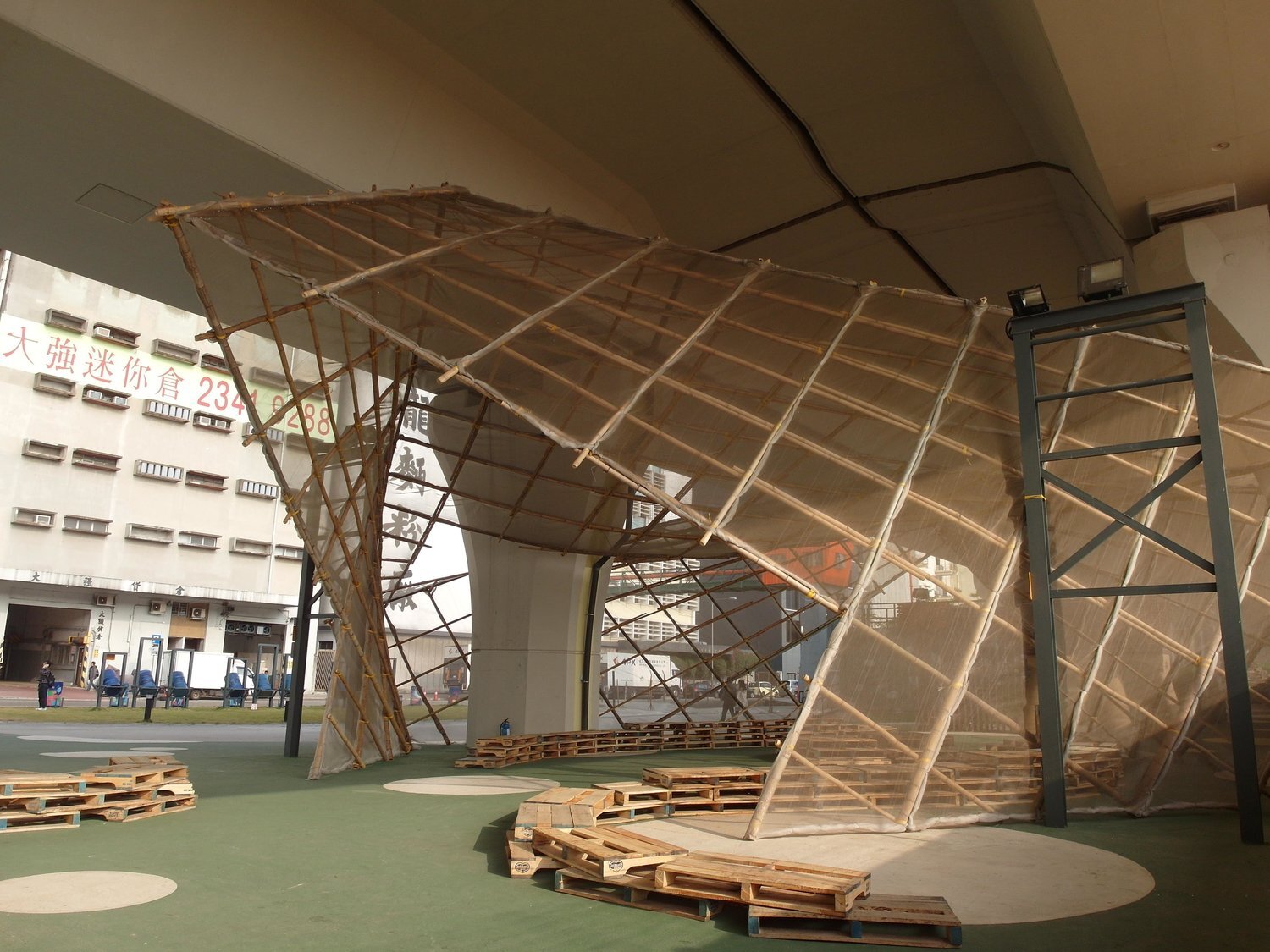Sydney is a beautiful city. Of this I have no doubts. Indeed this city has been blessed with an endless expanse of blue skies and golden shorelines running from its northern shores to its southern reaches. But for me, this city also has a dark secret. Within a city of 3.6 million people, is a metropolitan area over twice the size of Hong Kong, a city of 7 million people. The desire for backyards, for individual homes and for large gardens is in my opinion this city’s single largest problem to achieving sustainability. There is great sin in developing suburbia.
Read MoreAs we continue our endeavour to reach endlessly toward the skies, the construction industry is faced with not merely how to keep these structures structurally stable, but also how to build the temporary scaffolding from which to erect these structures. Australia, on par with most other Euro-American nations opts for heavy steel frames, seen as “the most diverse and technologically advanced system” (CoatesHire, 2014). Cities such as Hong Kong however offer a potentially more sustainable solution, the dried and treated plant, bamboo.
Read MoreIt is a truth, universally acknowledged that anyone who lives in Sydney, inevitably criticises the failure of its public transport. Only in 2012, the Sydney Morning Herald reported that major auditing firm PricewaterhouseCoopers had identified Sydney as “forth worst major city in the world for transport and infrastructure” (Munro, 2012). The report, known as Cities of Opportunity did however, reprieve the city by naming it the most sustainable (PricewaterhouseCoopers, 2012) and how this can be the case when Sydney also has some of the worst performing buildings and urban sprawl is beyond me. Nonetheless for me, the report’s findings begged an investigation of urban sustainability and its relationship to transport infrastructure.
Read MoreI have noticed that almost all of my posts so far concerning the issue of sustainability have had a focus on green architecture and urbanism. Today therefore, I want to take a step in a new direction and examine the statement of arguably one of the greatest figures of architecture today, Dame Zaha Hadid. In a recent interview where she was asked about the over 800 migrant worker deaths that have occurred in constructing her 2022 FIFA World Cup Qatar Stadium, she boldly declared that it was the duty of governments to protect workers and that “It’s not my duty as an architect to look at it” (Dezeen Magazine, 2014). This statement was in a way furthered a month later by her company’s director, Michael Schumacher, who took to Facebook to declare that we must “STOP political correctness in architecture.” (Schumacher, 2014). While I am of course unable to go into depth about these issues, I do want to point out that this of course raises the interesting question of who should be in charge of managing the morality of our social fabric.
Read MoreIt is not often for Hong Kong people to descend into humour such as this but sadly, with smog now blanketing up to 30% days in the year, this internet meme represents how the citizens of my home city have certainly become resigned to the apparent ‘inevitable consequences’ of urbanisation and modernity. Once known in Chinese as the “Fragrant Harbour” (literal translation of terms), Hong Kong has certainly seen and smelled better days.
Read More




